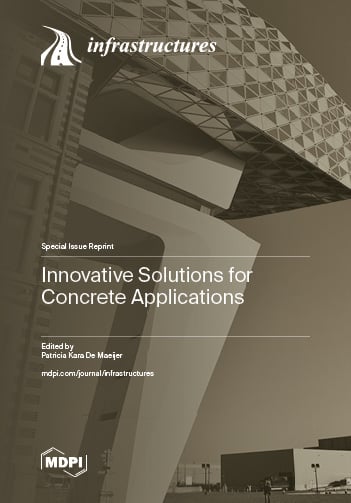- Article
Bridging Gaps in Landslide Mapping: A Semi-Quantitative Empirical Framework for Delineating Key Areas to Improve Collection of Essential Field-Based and Supplementary Remote-Based Data
- Nicola Perilli,
- Massimiliano Lombardi and
- Nunziante Squeglia
- + 2 authors
Accurate landslide mapping near critical infrastructure requires not only data on landslide characteristics but also clear definitions of the spatial extent of surveyed areas. While national projects like Italian Landslide Inventory (IFFI) and Italian Guidelines for the classification and management of risk, safety assessment and monitoring of existing bridges (LLG 2022) provide a list of data to collect during a field visit survey, they lack clear specifications for buffer zones, limiting data comparability and risk assessment reliability. This study refines a hierarchical framework developed by the FABRE Geo Working Group, in alignment with LLG 2022, introducing five key zones—Landslide Inventory Reference Area, Diagnostic Area, Geomorphological Significant Area, Relevant Area and the Approach Zone, plus a newly defined Geomorphological Significant Area—Close Zone. By explicitly quantifying buffer zones and their hierarchical roles, the framework ensures consistent data collection across varied terrains and reduces ambiguity in landslide risk evaluation. Applied to 95 bridges in Tuscany and Basilicata, the framework offers standardized definitions and dimensions for Diagnostic Area, Geomorphological Significant Area and Relevant Area, based on detailed field surveys. Approach Zone and Geomorphological Significant Area—Close Zone are quantified as percentages of Relevant Area and Geomorphological Significant Area, supporting efficient, reproducible inspections using both manual and UAV-assisted methods. The Geomorphological Significant Area—Close Zone distinguishes core data, which requires direct surveys, from supplementary data that can be analyzed remotely or in the office. This distinction ensures that essential hazards are observed directly, while supplementary insights are efficiently integrated, enhancing field reliability and desk-based analysis. This integrated approach enhances the accuracy of landslide susceptibility assessment and the classification of attention levels, supporting the maintenance of the national IFFI. Ultimately, the comparison of IFFI catalog data, available in the Diagnostic Area, Geomorphological Significant Area, and Relevant Area, revealed previously unrecorded landslides in Matera and confirmed the reliability of the catalog in Lucca, highlighting that inventories can be systematically integrated only by using standardized areas with field verification to improve risk and infrastructure management. The structured framework bridges gaps between national inventory standards and localized survey needs, ensuring that both previously recorded and new landslide events are systematically captured.
25 December 2025





